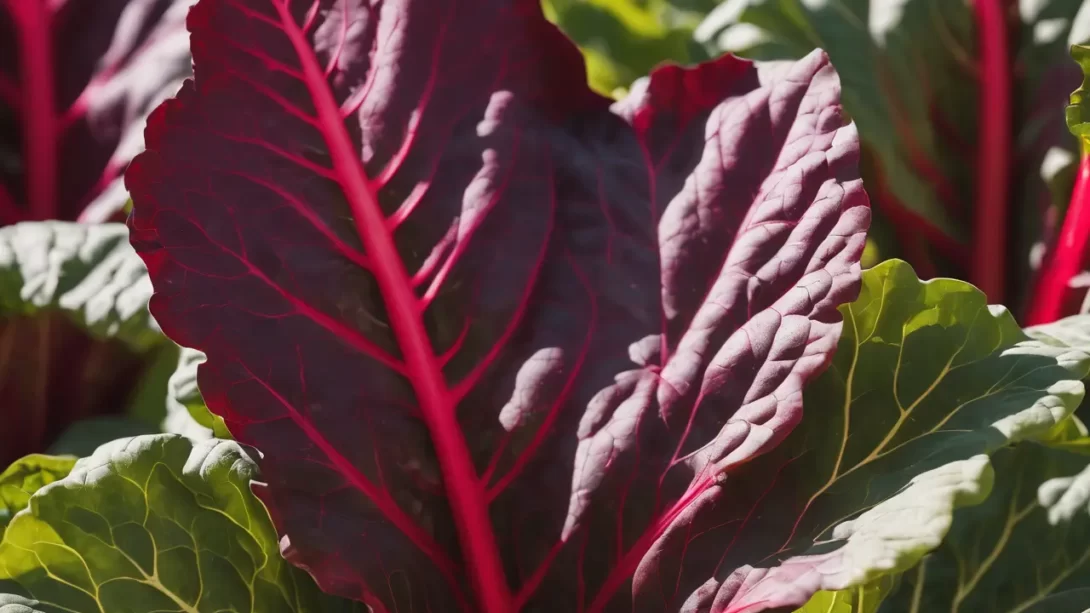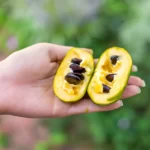Swiss chard, a leafy green vegetable known for its vibrant leaves and hearty stalks, is a favorite in many gardens. This nutritious plant, rich in vitamins and minerals, is as versatile in the kitchen as it is attractive in the garden. Understanding the growth cycle of Swiss chard is essential for harvesting it at the right time, ensuring the leaves are tender and flavorful while the stalks remain crisp. Properly timed harvesting not only maximizes the culinary quality of Swiss chard but also its nutritional benefits.
Swiss Chard Growth Stages
Swiss chard goes through several growth stages, from seedling to maturity. Initially, the plant develops from a seedling into a juvenile stage, characterized by the formation of small, tender leaves. As it matures, the leaves grow larger and the stalks become more pronounced. Mature Swiss chard leaves can vary in size but typically measure between 8 to 12 inches long. The leaves should be firm and vibrant, while the stalks should be crisp and sturdy. The texture and color of the leaves are reliable indicators of maturity; they should feel plump and have a deep, rich color.
Optimal Harvesting Time for Swiss Chard
The ideal time to harvest Swiss chard generally falls between 45 to 60 days after planting. However, this timeline can vary depending on environmental factors such as temperature, sunlight, and soil conditions. Swiss chard is ready for harvest when the leaves are large enough to eat, yet the plant is not fully mature. This stage usually occurs before the leaves reach their maximum size, ensuring they are still tender and not overly fibrous.
Environmental factors play a significant role in the growth rate of Swiss chard. Cooler temperatures might slow down growth, extending the time before harvest, while warmer, sunnier conditions can accelerate it. It’s important to monitor the plants regularly and adjust your harvesting schedule according to their growth and the prevailing weather conditions.
The right time to harvest Swiss chard is also signaled by the plant’s appearance. The leaves should be bright and unblemished, with a robust color, whether it’s the deep greens, vibrant reds, or rich yellows that Swiss chard is known for. The stalks should be firm and snap easily, a sign they are ready to be harvested.
Harvesting Techniques for Swiss Chard
The technique used to harvest Swiss chard can significantly impact the plant’s continued growth and productivity. To harvest, select the outermost leaves first, cutting them at the base of the stalk, close to the soil line. This method encourages the plant to continue producing new leaves from the center. Use a sharp knife or scissors for a clean cut, which is less likely to damage the plant compared to tearing the leaves off.
It’s important to harvest leaves while they are young and tender, particularly focusing on leaves that are about 8 to 12 inches long. Smaller leaves can be more flavorful and tender, while larger, older leaves may become tough and have a more bitter taste. Harvesting regularly can stimulate the plant to produce new growth, extending the harvest period over a longer time.
Harvesting Swiss Chard Throughout the Season
Successive harvesting, or “cut and come again” harvesting, is an effective way to get a continuous yield from your Swiss chard plants throughout the growing season. By removing only a few leaves at a time from each plant, you can encourage it to keep producing fresh leaves. This method not only extends the harvest but also helps to maintain the health and vigor of the plant.
Regular harvesting, ideally once a week, ensures that the plant does not become overgrown. Overgrown Swiss chard can lose flavor and become tough. By maintaining a consistent harvesting schedule, you can enjoy a steady supply of fresh, tender leaves. Additionally, regular harvesting can prevent the plants from bolting, or prematurely producing a flowering stalk, which typically occurs when the plant is stressed or experiencing extreme temperatures.
Post-Harvest Handling and Storage
Once harvested, proper handling and storage are crucial to maintain the quality of Swiss chard. Rinse the leaves under cool water to remove any dirt or debris. Patting the leaves dry with a towel or using a salad spinner can help remove excess moisture. For storage, wrap the Swiss chard in a damp paper towel and place it in a plastic bag or an airtight container. Store it in the crisper drawer of your refrigerator.
Swiss chard can be stored effectively for about a week when kept cool and moist. However, for the best flavor and texture, it’s recommended to use the leaves as soon as possible after harvesting. Swiss chard is highly versatile in cooking, suitable for sautéing, steaming, or adding to soups and stews.
Troubleshooting Common Harvesting Issues
Harvesting Swiss chard can sometimes present challenges, but most are easily remedied with a few adjustments. One common issue is bolting, where the plant starts to flower and seed prematurely, often due to high temperatures or stress. Once a plant bolts, its leaves tend to become more bitter. To prevent this, ensure consistent watering and consider providing shade during extremely hot weather.
Pests and diseases can also affect Swiss chard. Look out for leaf miners, aphids, and slugs, which can be controlled organically through methods like introducing beneficial insects or using barriers for slugs. Diseases like leaf spot can be mitigated by ensuring good air circulation around the plants and avoiding overhead watering.
If the leaves of your Swiss chard are discolored or poorly developed, it could be a sign of nutrient deficiencies or improper soil conditions. Ensure your soil is well-draining and nutrient-rich. A balanced fertilizer can help provide the necessary nutrients for optimal growth.
Adjusting Growing Conditions
To improve your Swiss chard harvest, consider adjusting your growing conditions. Swiss chard prefers a sunny location but can tolerate partial shade, especially in hotter climates. The soil should be rich in organic matter with a pH between 6.0 and 7.0. Regular watering, especially during dry spells, is important, but be careful not to overwater as this can lead to root rot.
Conclusion
Swiss chard is a rewarding vegetable to grow, offering both nutritional value and versatility in the kitchen. By understanding the optimal times and techniques for harvesting, you can enjoy a bountiful supply of these flavorful leaves throughout the growing season. Remember to harvest the outer leaves first, keep an eye out for any signs of stress or disease, and adjust growing conditions as necessary. With these tips in mind, you can successfully harvest and enjoy Swiss chard at its best, adding a healthy and delicious element to your meals.



